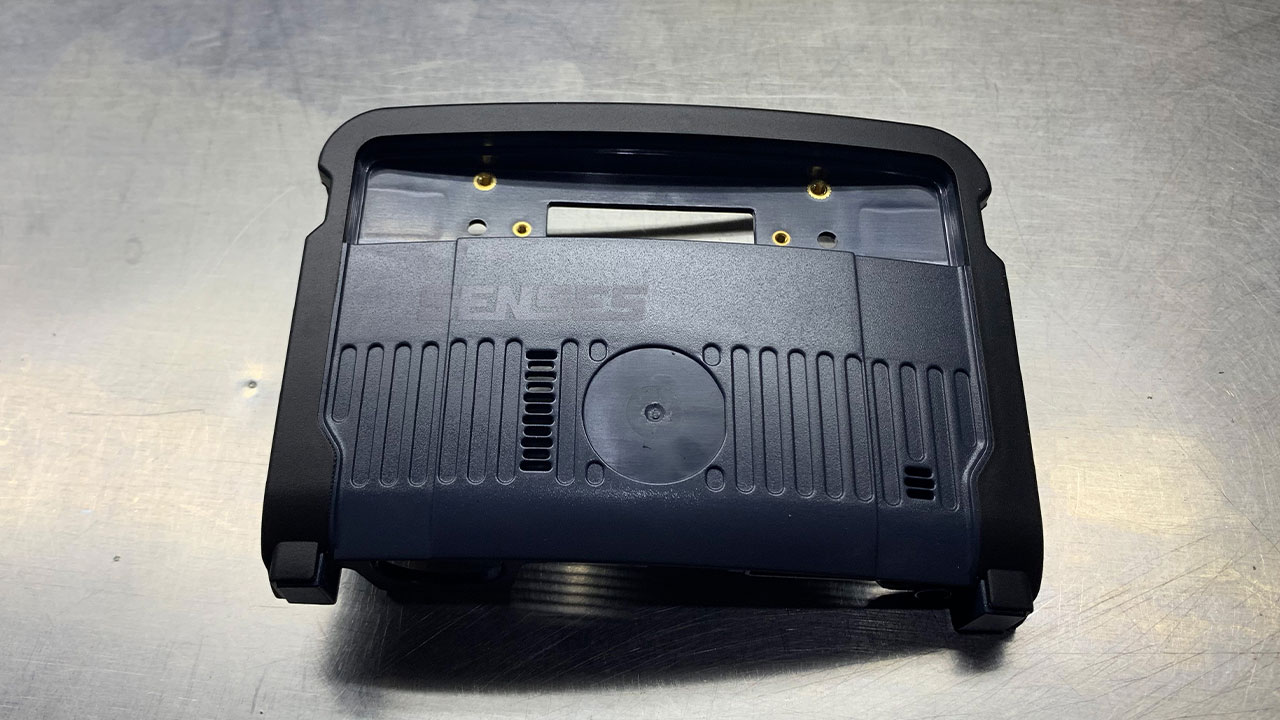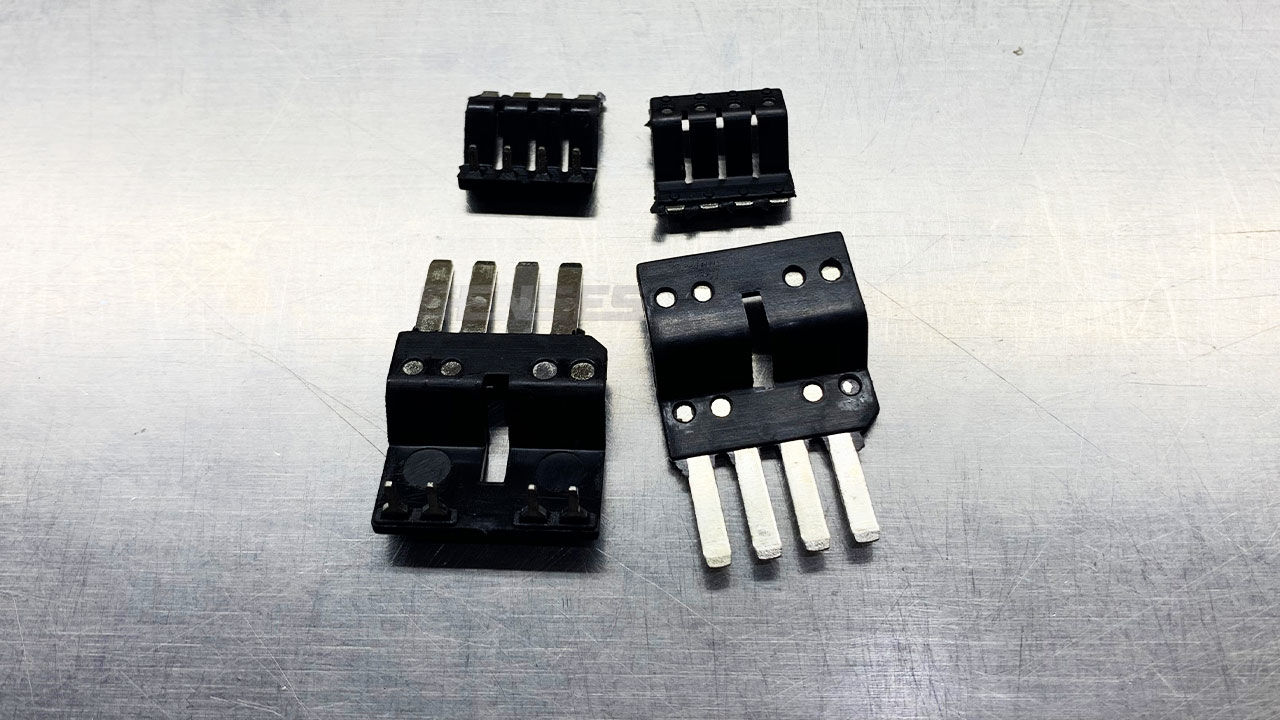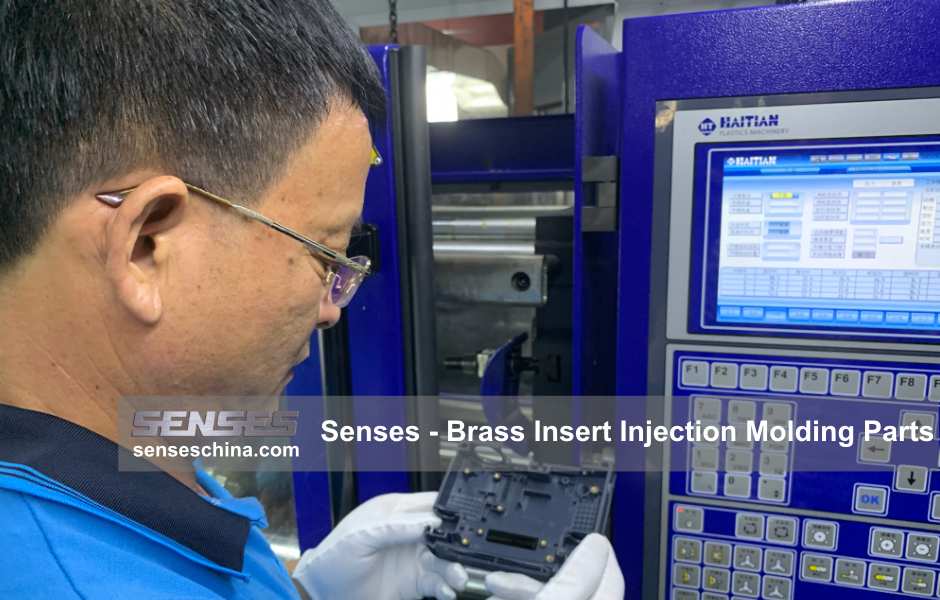Insert molding is a type of injection molding that allows for the simultaneous creation of products with multiple materials and components. In this article, we will cover the basics of insert molding to help you understand how it works and where it is applied.
What Is Insert Molding?
Insert molding is a process where rigid metal inserts are placed into a mold and molten plastic is injected into it via an injection machine. As the molten plastic solidifies, it forms a solid plastic casing around the insert, securely locking it in place. This process streamlines the production of robust, long-lasting, and lightweight components, which makes it an attractive technique for a multitude of industries. Furthermore, the integrated metal inserts enhance the mechanical attributes of the plastics or thermoplastics utilized within the process.
How Insert Molding Works?
Here is a brief overview of how the process works:
- Insert Placement: An insert, usually made from metal, is placed into the mold. This insert can be a single piece or a complex assembly of multiple parts.
- Plastic Injection: The mold is then closed, and molten plastic is injected into it, encasing the insert.
- Cooling and Ejection: After the plastic is allowed to cool and solidify, the finished part is ejected from the mold, with the insert securely embedded within it.
The resulting product is a single piece with the insert encapsulated by the plastic. This process eliminates the need for post-molding assembly, improving product strength and durability.
Advantages of Insert Molding
Plastic injection insert molding stands as a powerful substitute to assemblies created with soldering, adhesives, or fasteners, reaping benefits such as:
Enhanced Component Strength and Stability: This process merges metal and plastic, or multiple plastics into one single part, enhancing the component’s strength and stability.
Lightweight: Plastic parts, noticeably lighter than their metal counterparts, offer comparable strength. This unique blend of lightness and durability positions them as a favorite across numerous industries.
Cost-Efficiency: By combining several parts into one, This process can reduce labor and assembly costs, eliminate the need for secondary operations, and minimize waste.
Design Flexibility: This process allows for the integration of features that would be difficult to achieve with other manufacturing processes, leading to increased design possibilities.
Improved Component Reliability: The mechanical bond created in the process results in parts that are more robust and reliable than those joined by gluing or other methods.
Component Consolidation: This process allows for reductions in part costs and inventory.
Examples of Applications in This Molding Technique

Molding Electrical Equipment Parts Using the Insert Molding Process
This process is versatile and finds its place in numerous industries, each leveraging it for their unique needs. In the automotive sector, it’s utilized for creating intricate parts such as power-steering modules and sensors. The medical field, with its demand for precision and sterility, employs the same process for the production of surgical instruments, implantables, and medical equipment components. Furthermore, this method is popular in the electronics industry for manufacturing connectors, switches, and other components.
Distinguishing Insert Injection Molding and Overmolding: A Comparative Study

Insert Plastic Parts

Overmolded Plastic Parts
Overmolding and insert molding are two distinct injection molding techniques utilized in the creation of commercial and industrial products.
While both insert injection molding and overmolding involve embedding material into a plastic matrix, they serve distinct purposes and bring unique benefits. Insert injection molding is a process where preformed parts—usually made of metal—are inserted into a mold, and plastic is then injected around these parts. It’s especially suitable for integrating metal and plastic components into a single, sturdy product.
Overmolding, on the other hand, is a two-step process that involves molding plastic onto plastic or metal substrates. It excels in adding soft-touch, non-slip surfaces, and sealing components for enhanced user experience and product functionality. Understanding the differences between these two processes can help manufacturers select the best method for their specific applications.
Injection molding, a low-cost yet versatile manufacturing method that encompasses processes such as insert molding and overmolding, is commonly employed in the production of a wide array of consumer products. When benchmarked against other manufacturing techniques, such as CNC machining or 3D printing, injection molding often stands out for its cost-effectiveness per part.
Injection molding with Senses
Having explored the advantages and diverse applications of insert molding, if you are considering utilizing this technique for your project, our team at Senses is ready to assist. We offer top-notch services in this domain and will guide you through the entire process, ensuring the parts produced are high quality, cost-effective, and tailored to your specific requirements. Please Contact us today.






